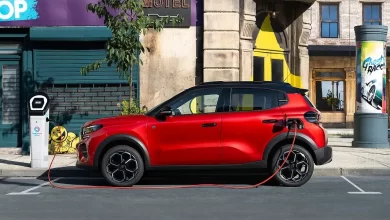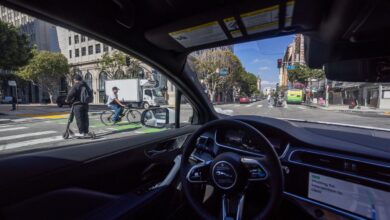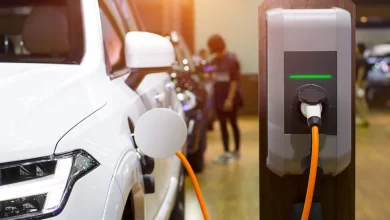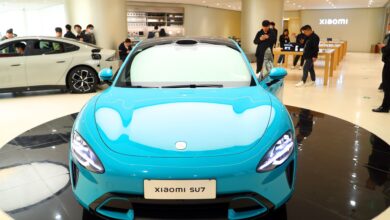Are e-SUVs robust? Range Rover Electric undergoes Arctic, desert hellstorm
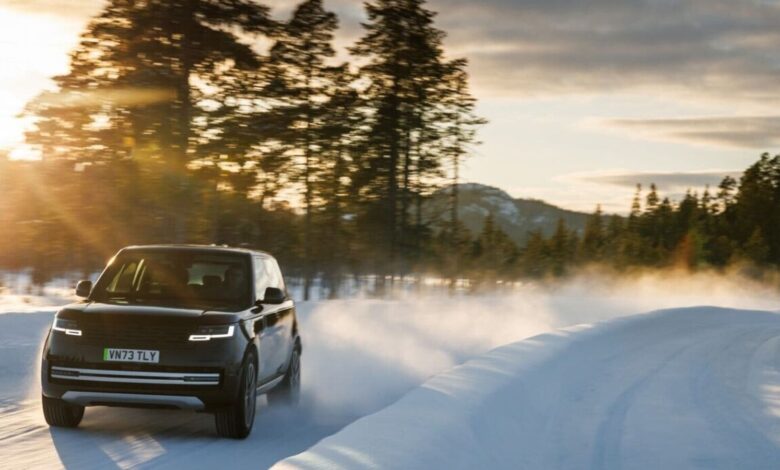
Prototype units of Range Rover Electric are being put to the test in freezing conditions and are all set to also take on deserts of Middle-East countr
…
- Prototype units of Range Rover Electric are being put to the test in freezing conditions and are all set to also take on deserts of Middle-East countries.
Electric vehicles (EVs) are touted as a great option for daily city commute but can these battery-powered cars also tackle the extremes. Range Rover has often been synonymous with adventure and if it wants to transition into an electric future without compromising its basic credentials, needs to have its electric version be equally capable. As such, tests in the absolute extremes of the planet are crucial for Range Rover Electric.
The Range Rover Electric is being developed as an all-electric alternative to the engine-powered SUV which has a sizeable fan following across the world. But basking in past laurels of being a capable and luxurious vehicle won’t be enough if EVs take over roads and the wild. The first batch of prototypes are now being put to gruelling tests in both extremely cold as well as scorching conditions.
Of fire and ice
The Range Rover Electric prototype models have been undergoing tests in Arctic circle where temperatures routinely dip to as low as minus 40 celsius. On the frozen lakes of Sweden, these tests have focused on the Electric Drive Unit (EDU) – effectively the vehicle’s core components including the transmission, electric motor and power electronics. Jaguar Land Rover (JLR) claims that a new and in-house all-electric propulsion system has the potential to exceed previously-established performance on low-grip surfaces while showcasing all-terrain, all-weather and all-surface capabilities. “Rather than a traditional traction control setup based solely in the ABS unit, Range Rover Electric distributes the wheel slip management task directly to each individual electric drive control unit, reducing the torque reaction time at each wheel from around 100 ms, to as little as 1 ms,” a company statement informs.
The next phase of the tests will see the prototypes also move in to the torturous deserts of West Asian countries where day-time temperatures of over 50 Celsius are common.
Challenge of conquering the wild in an EV
Massive ground clearance, enormous engine capabilities, differential lock – these are just some of what makes a conventional 4×4 bold enough to tackle challenging terrain. But when it comes to EVs, the list of priorities are all set to change. While a bigger battery with a sizeable range is important for every EV, it is more so for electric SUVs that will look to go beyond where charging points are common. Additional pulling power will also put a strain on the drivetrain which makes the challenge bigger for electric SUVs. Extreme temperatures are also enemies of batteries and can have a deep impact on range. This is another focus areas for carmakers as well as for those involved with developing batteries for EVs.
While 4×4 systems are common in high and mid-range EV models – from Hyundai Ioniq 5 and Kia EV6 to the likes of Porsche Taycan Cross Tursimo and Tesla Model Y, the list of some of the hardiest EV options for extreme off-roading includes Tesla Cybertruck, GM Hummer EV and Rivian R1S.
First Published Date: 23 Apr 2024, 12:39 PM IST
